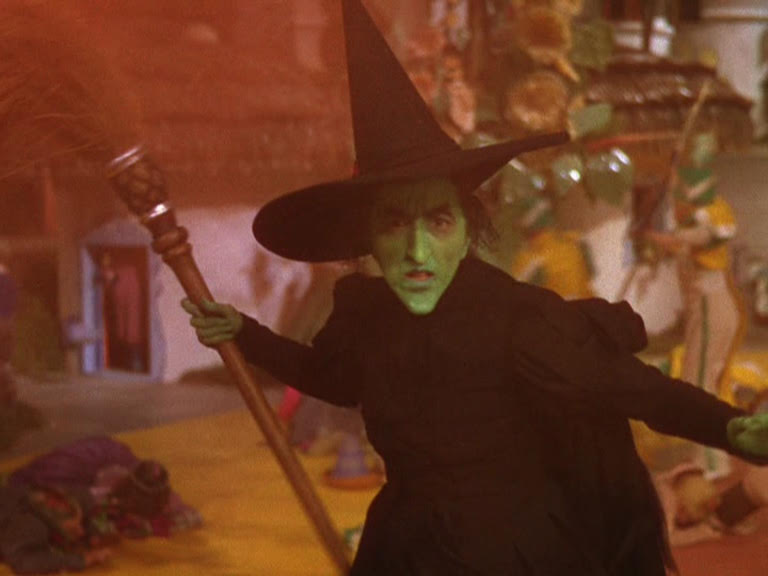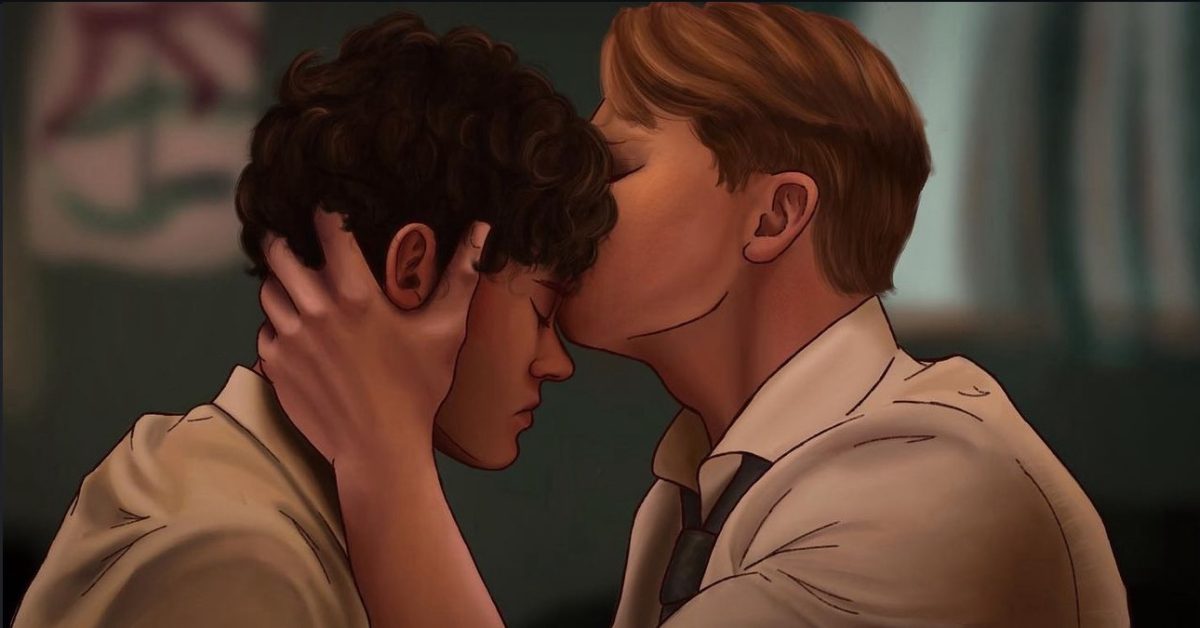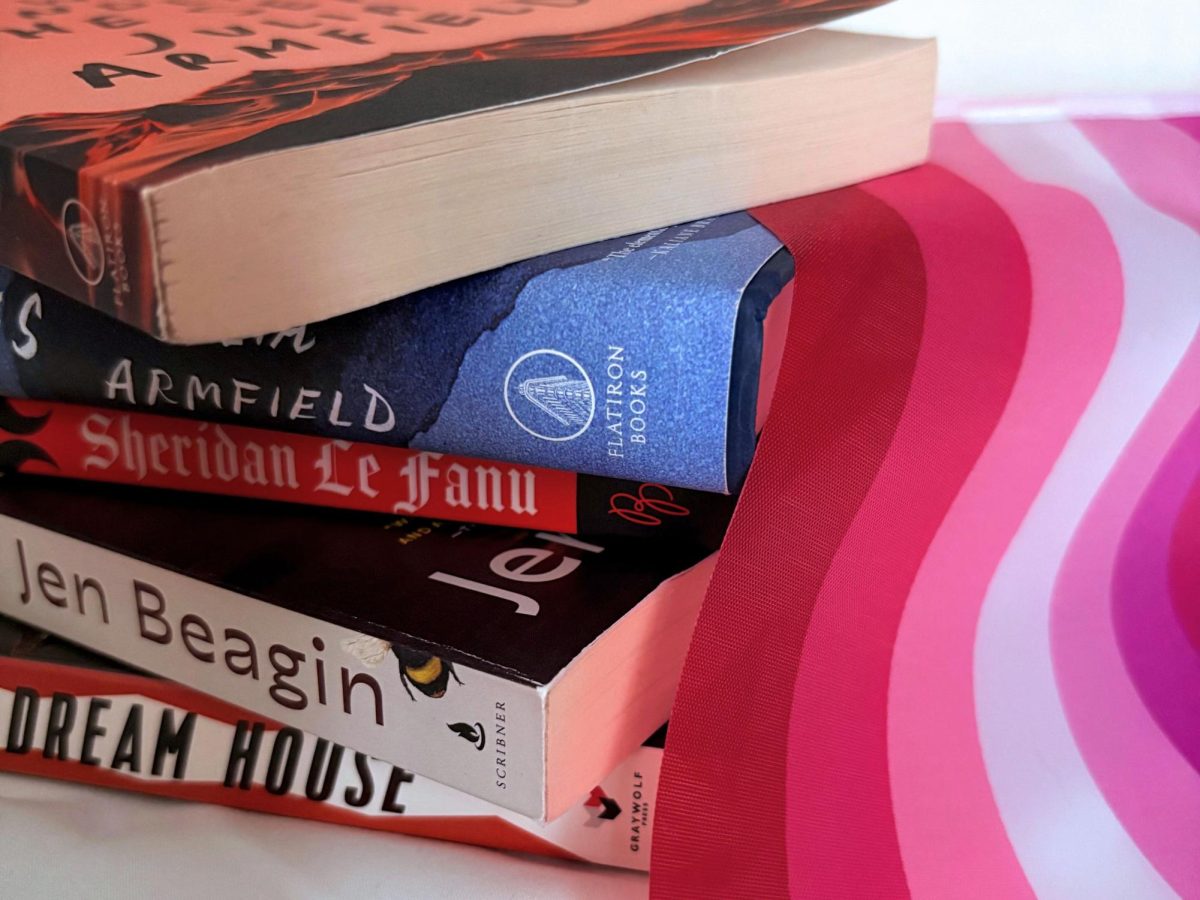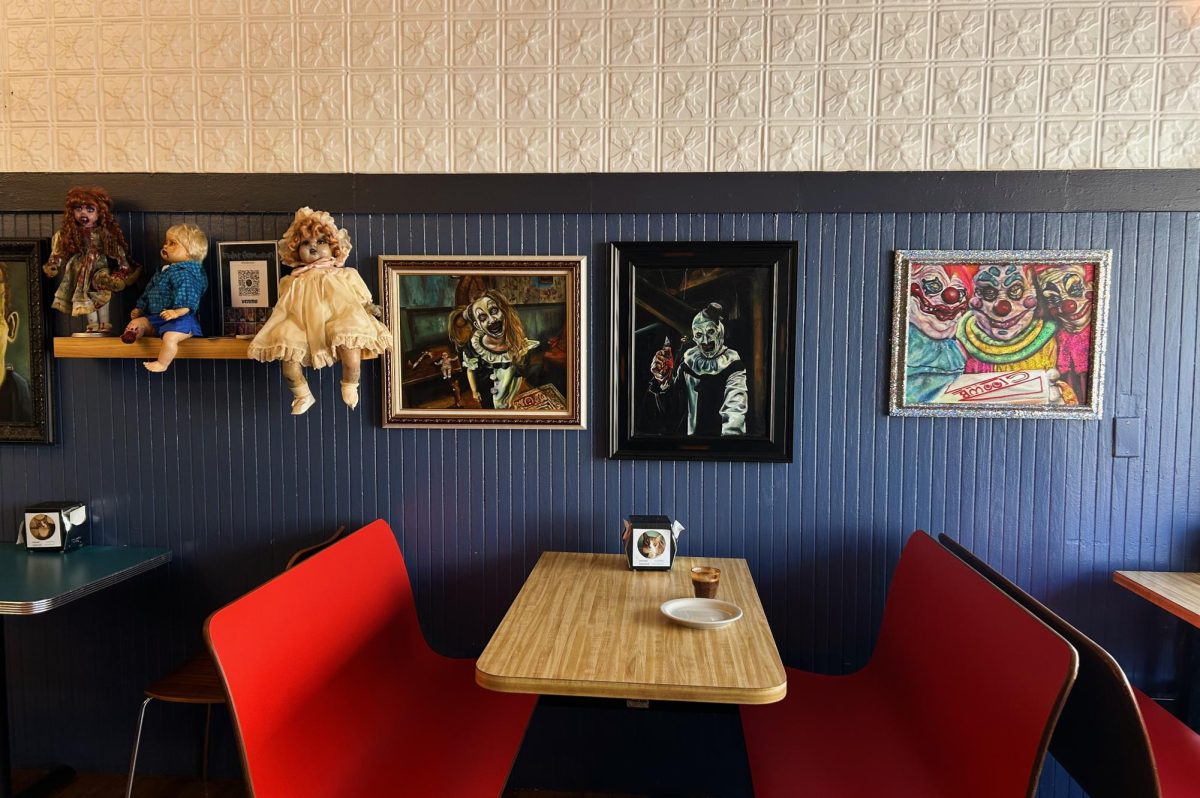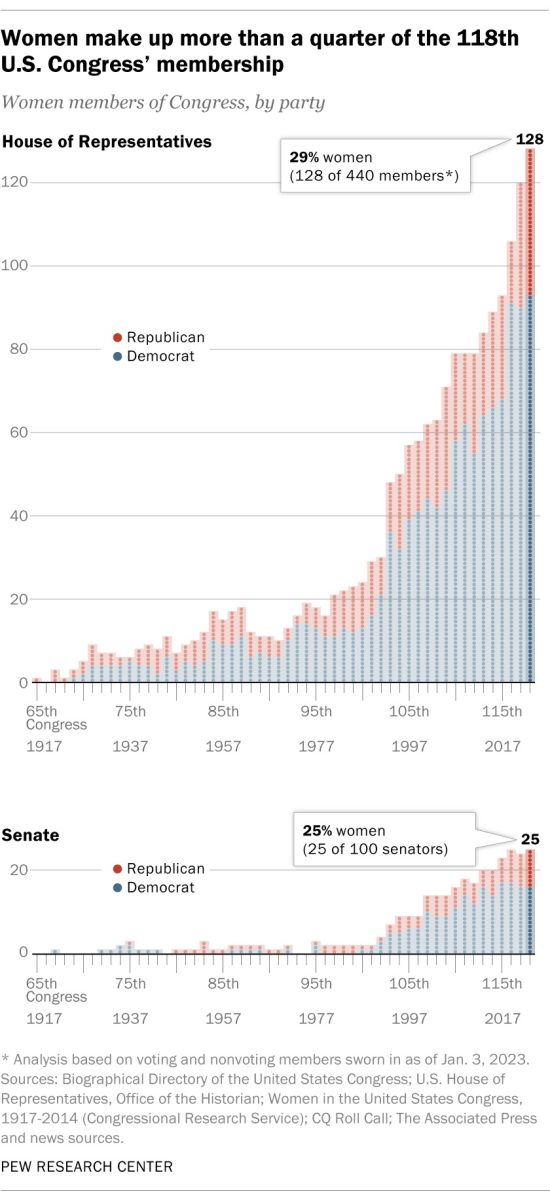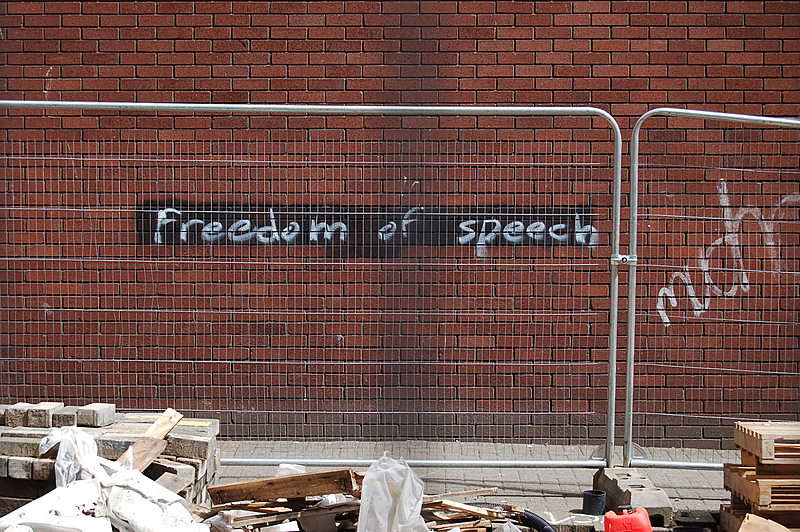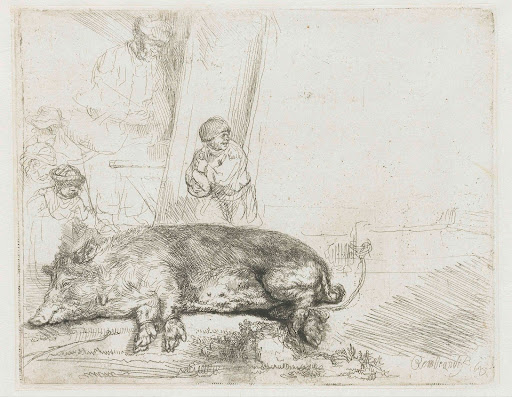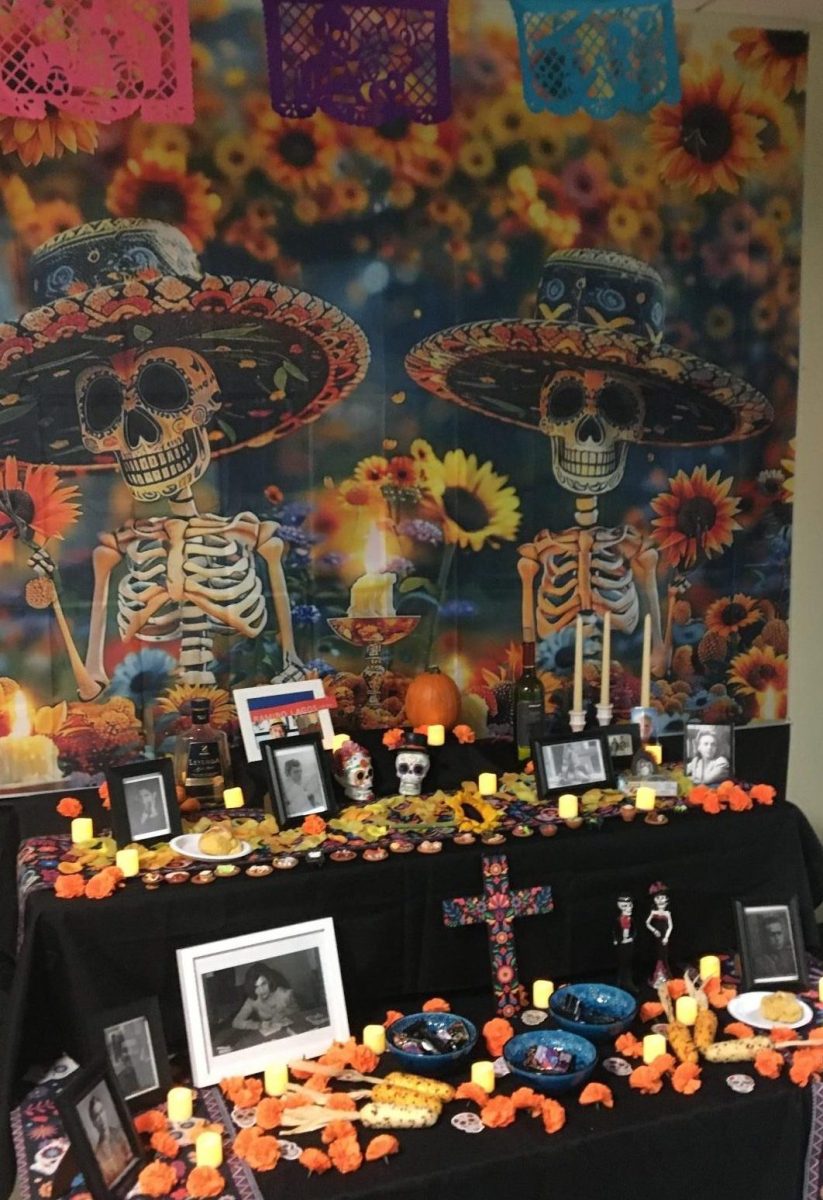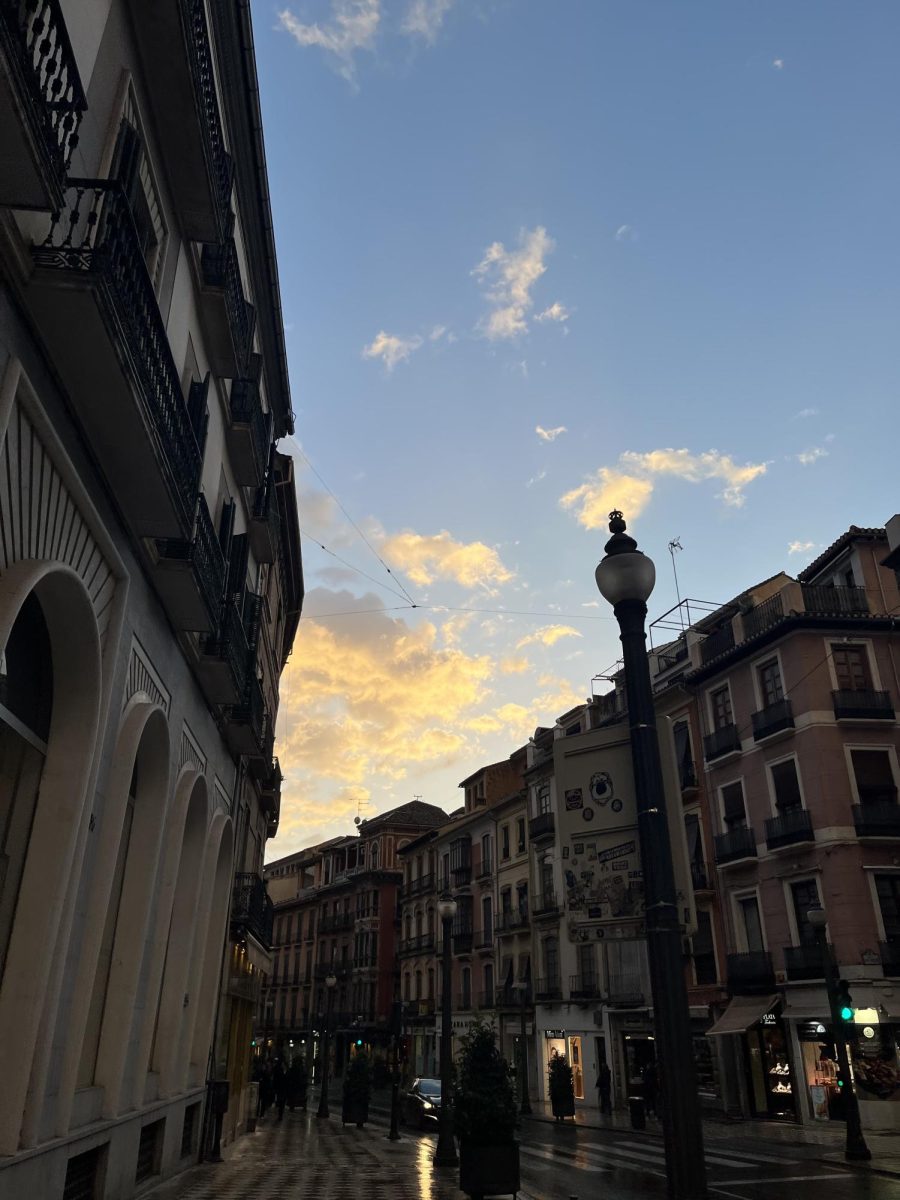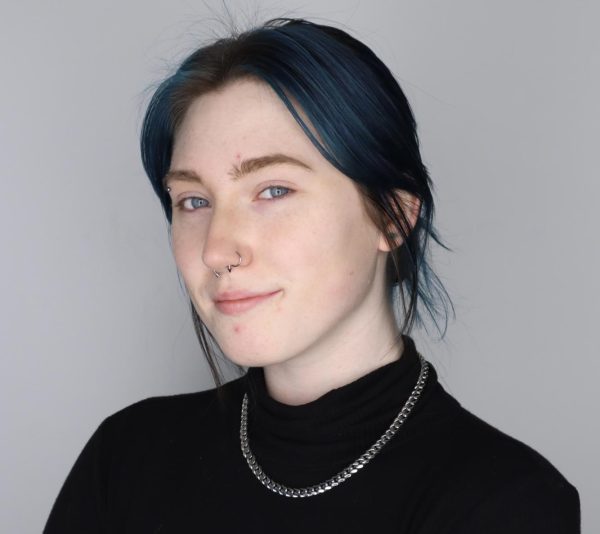Sapphic literature is so important. Sapphic is often used today as “an umbrella term for lesbians, bisexuals, pansexuals and other women-loving women, and for transgender and nonbinary people who may not identify as women themselves but align with this spectrum of attraction and community.” But it’s also a hard term to pin down. See FEELD, Them, and NBC for a more in-depth account of the ancient Greek origins of the term and its evolution over time.
Growing up, I took comfort in reading but found next to no books representing how I felt. As I got older, it became isolating because I knew of no characters who resembled me. Still today, as a lesbian, it can be difficult to find rave-worthy novels among the relatively small selection of books with an accurate and fair portrayal of our lives.
Books written by queer authors or written about queer characters are tremendously important not only to LGBTQIA+-identifying folks, but also for the broader cultural acceptance of these identities. That’s why this past Pride month, I made it a goal to promote some of my favorite works of sapphic literature. The books listed here are all novels that have affected the way I think about aspects of my own life and my queerness in general. In their pages, you’ll find sapphic representation and extraordinary stories. I encourage you to seek out these authors’ other works as well.
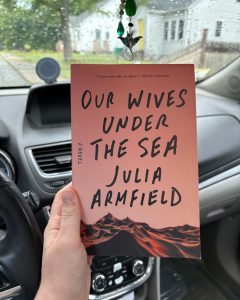
Our Wives Under the Sea, Julia Armfield (1)
“Our Wives Under the Sea” by Julia Armfield is a truly one-of-a-kind queer modern gothic-horror novel that brings the reader through a grim, yet beautifully artistic story. Written with dual perspectives, Armfield perfectly captures a dynamic where one is burdened with trauma, and the other tries their best to help and cope alongside them. Readers will reflect on how even unintentional actions can affect others.
Leah, a passionate marine biologist, is offered a position to take a submarine journey to the sea floor, which she accepts. The journey proceeds to go wrong in almost every way imaginable. Over the course of the story, you see Miri mourn the loss of her wife, who hasn’t been confirmed dead, but she can’t help but dwell on nostalgic, heartfelt memories between the two of them. This novel is also constructed of different “parts”: The further you descend into the zones of the ocean, the darker the content of the book gets. By the time of Leah’s return, Miri is still mourning the loss of her wife, yet in a completely different way.
If you are into anything sci-fi adjacent, or an avid literary fiction or body horror fan, I highly recommend this work. It absolutely deserves the spot on my “favorites shelf” that it promised. There is no book like this one.
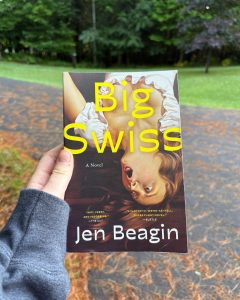
Big Swiss, Jen Beagin (2)
“Big Swiss” by Jen Beagin is a queer contemporary novel riddled with absurdities and bound to take the reader for a spin. This is one of the most bizarre and well-written books someone could read.
While transcribing therapy sessions for a sex coach named Om, 45-year-old Greta accidentally becomes utterly infatuated and startlingly obsessed with one of Om’s clients, whom she calls “Big Swiss.” The book revolves around Greta’s fixation with Big Swiss, which gets her into trouble.
Beagin is a witty writer who seems to love confusing and toying with her audience. With “Big Swiss,” especially, she did a wonderful job doing so. The connection between characters slowly coming together is thoroughly and meticulously written. This book is definitely worth the read, especially if you’re into characters who are a bit queer, and a bit peculiar.
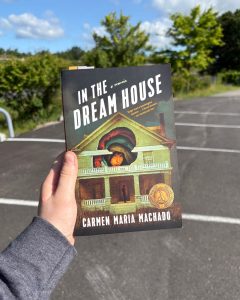
In the Dream House, Carmen Maria Machado (3)
“In the Dream House” by Carmen Maria Machado is a haunting memoir about the author’s lesbian relationship and the torment of domestic violence. Machado’s “Dream House,” a metaphor she uses consistently throughout the novel, represents the fear and trauma she experienced during her time sharing a house with her ex-wife, whom she frequently refers to as “the woman from the dream house.” Symbolism is heavy in this novel. This memoir is written with every chapter correlating her time in the “Dream House” with literary tropes and discussed as such. Each chapter is a metaphor unto itself. Machado is thorough and meticulous with her phrasing, and this work is sheer proof.
This book is undoubtedly revolutionary not only for the queer community but also for victims of such circumstances. Machado turned an unspeakable and utterly taboo topic into something that was meant to be spoken about. I frequently revisit this novel as it is so hauntingly beautiful.
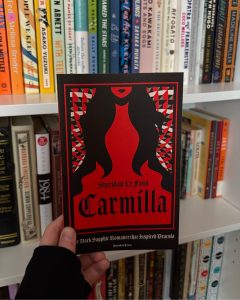
Carmilla: The Dark Sapphic Romance that Inspired Dracula, Sheridan Le Fanu (4)
Written in 1871, “Carmilla” was a short Gothic fiction story originally published in a literary magazine based in London called “The Dark Blue.” The work was relaunched for a queer audience in 2021 by Pushkin Press, emphasizing the term “sapphic” in the updated title for the reissue. This story is known as the work that inspired Bram Stoker to write “Dracula,” and it follows a blossoming young homoerotic relationship between two young women.
The vampiric story follows a young woman named Laura who lives in rural Styria, Austria. At the beginning of the novella, she reminisces on a night in her childhood when she felt she was pricked by two needles. Startled, Laura opened her eyes and saw a beautiful woman standing in her room, who vanished under her bed as quickly as she arrived. Her father and housemaids disregard her story when Laura tells them what she witnessed, and the memory haunts her. Friends were hard to come by where she lives. One day, when Laura was longing for a friend, Laura’s father took a young woman into his guardianship. They were isolated from one another in the house. After trying for a while to get a glimpse of her face, Laura and her new friend swore they’d met before in a dream. Despite the new guest exhibiting strange behaviors, her charm overpowers her oddities.
Although a short novel, the phrasing truly fills every page with lyrical storytelling.
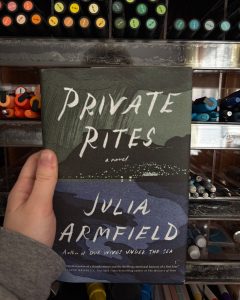
Private Rites, Julia Armfield (5)
In another modern-gothic work of literary fiction, Armfield illustrates a multi-perspective story revolving around a climate crisis, three estranged sisters, and the traumatic reminiscence of their childhood.
Agnes, Isla, and Irene haven’t spoken with each other in many years, that is, until the death of their father. He was a well-known architect, famous for his water-resistant structures. In a world where there are constant torrential downpours and flooding cities, their father’s work becomes more and more relevant. As the story progresses, you see the sisters live out their day-to-day lives amid a climate-induced Armageddon and the slow, yet jaw-dropping, unveiling of an unsettling past. Not only will this story encourage you to fall in love with the characters, but you will witness the mastery of Armfield’s world-building. As I closed the book, I was rendered speechless and uneasy, exactly what Armfield does best.
Another aspect I love about this book is that queerness isn’t the focal point, but it wouldn’t be the same without it. It holds such an important role in the novel, but the plot is so much more than the inclusion of sapphic relationships.




